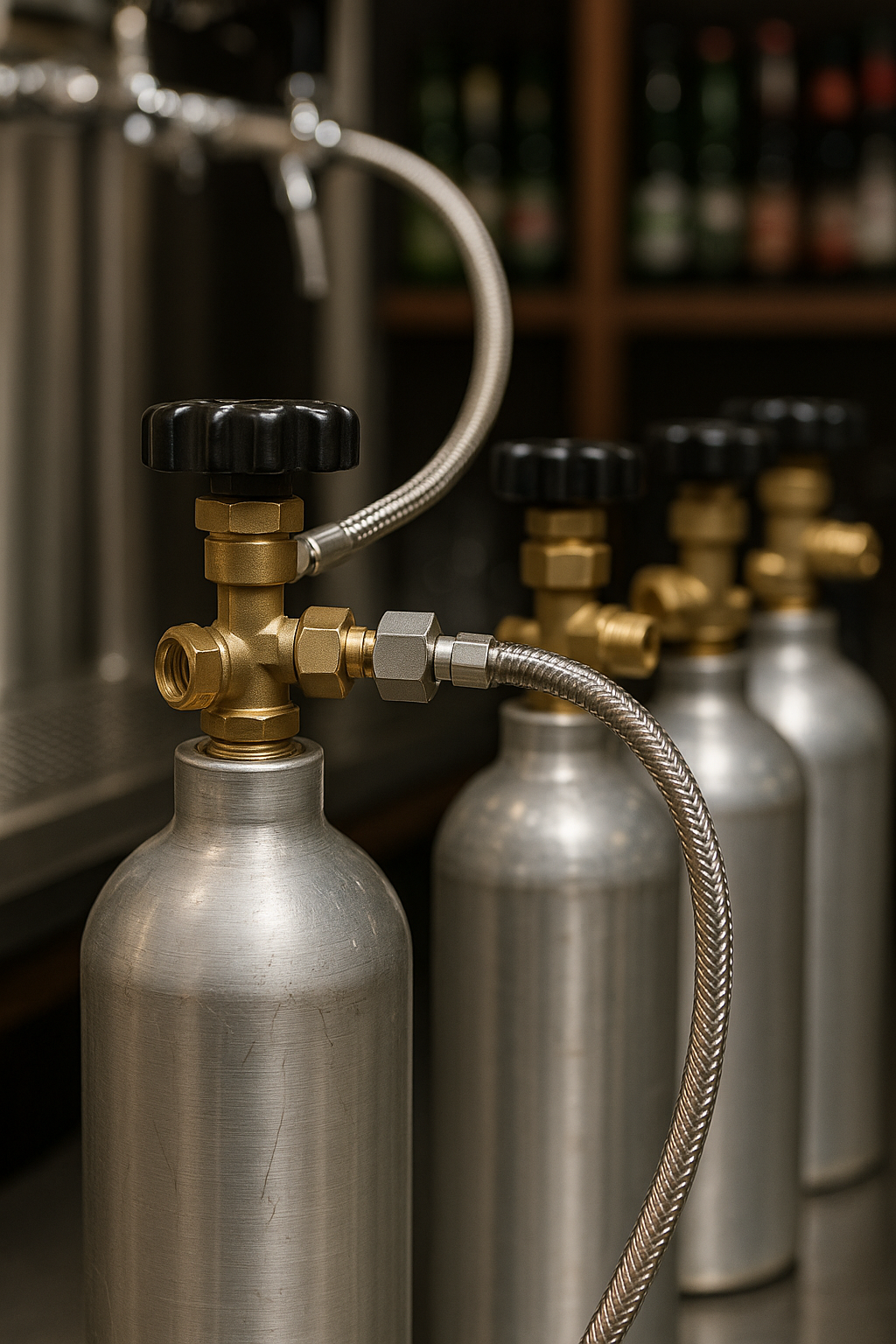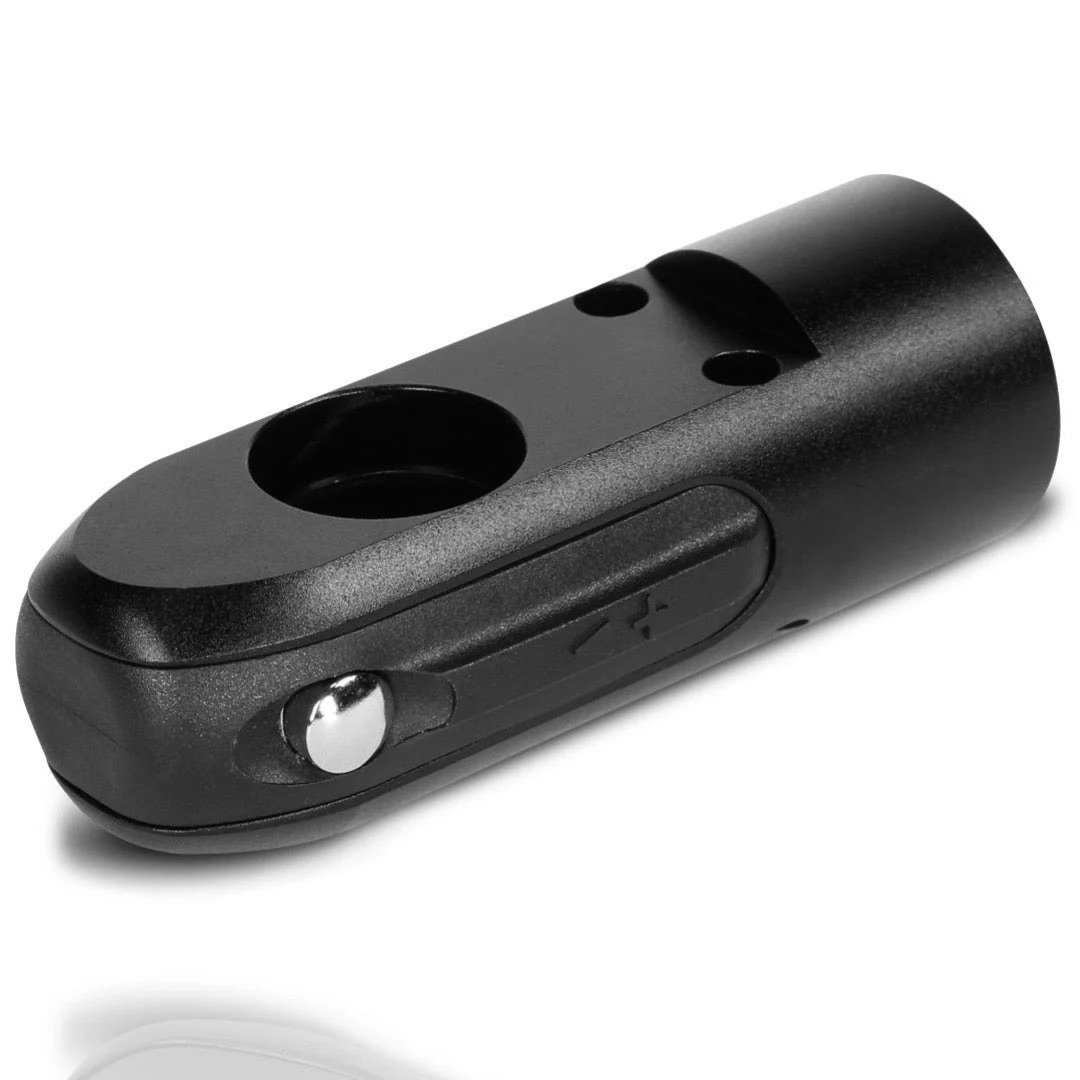A paintball tank is one of the most important pieces of gear for any player. Whether you are using a CO₂ or compressed air (HPA) tank, proper handling is crucial for performance and safety. Over the years, I have seen many players, including myself, make mistakes that led to leaks, poor performance, or even tank failure. To help you avoid these problems, I have put together a list of the five most common paintball tank mistakes and how to fix them.
Table of Contents
Using the Wrong Lubricant
One of the most dangerous mistakes players make is using the wrong type of lubricant on their paintball tanks. Some people apply liquid gun oil or other general lubricants to the regulator, thinking it will improve performance. However, many lubricants are not designed for high-pressure systems and can cause serious problems.
For example, using petroleum-based oils can lead to explosive failure of the tank. The high pressure inside the tank can cause the oil to combust, creating a fire hazard. I once heard a story about a player who used WD-40 on his tank’s O-rings. Within minutes, the regulator failed, and the tank emptied instantly. Thankfully, no one was injured, but it was a costly mistake.
To avoid this, only use paintball-specific lubricants that are rated for high-pressure applications. If you are unsure which lubricant to use, check your tank manufacturer’s recommendations. A small amount of the right grease on the O-rings is enough to keep your tank working properly.
Overfilling the Tank
Another common mistake is overfilling the paintball tank. This happens when players try to get the maximum amount of air or CO₂ into the tank, thinking it will last longer. While it might seem like a good idea, overfilling can cause serious safety risks.
Most paintball tanks have a maximum pressure rating printed on the side. For CO₂ tanks, this is usually 850 PSI, while HPA tanks typically hold 3000 or 4500 PSI. If you go beyond this limit, the tank’s safety burst disk could rupture, causing a sudden and dangerous release of gas.
I once made this mistake when I filled my CO₂ tank at a local shop. The attendant wasn’t paying attention and overfilled the tank. As soon as I screwed it onto my marker, the burst disk popped, releasing all the gas in a loud hiss. It scared everyone around me, and I had to replace the disk before using the tank again.
To prevent overfilling, always check the tank’s pressure gauge while filling. If you are unsure, ask an experienced staff member to help. For CO₂ tanks, it’s also a good idea to weigh them before and after filling to ensure they are within the proper limits.
Storing the Tank Incorrectly
Proper storage is essential for keeping your paintball tank in good condition. However, many players store their tanks incorrectly, which can lead to leaks, regulator damage, or even tank failure.
One mistake is leaving air inside the tank for long periods without using it. Over time, this can dry out the O-rings, causing them to crack. Some players believe you should always empty the tank before storage, but this is also a mistake. Completely depressurizing the tank can let moisture enter, which can cause internal corrosion.
I learned this the hard way when I left my CO₂ tank in my garage for a few months. The O-ring dried out, and when I tried to use it again, the air leaked out immediately. Since then, I always leave a small amount of air in the tank (about 500 PSI) to keep the seals in good shape.
For long-term storage, follow these guidelines:
- Store the tank upright in a cool, dry place.
- Keep it away from direct sunlight and heat sources (never leave it in a hot car).
- If you are not using it for several months, check the pressure occasionally to ensure no leaks have developed.
Ignoring Tank Maintenance and Hydro Testing
Paintball tanks require regular maintenance, but many players overlook this. Over time, tanks can develop leaks, damaged O-rings, or other issues that affect performance.
One of the most important maintenance steps is hydro testing. Most tanks need to be hydro-tested every 3 to 5 years, depending on the manufacturer. This process ensures the tank can still safely hold high pressure. If your tank is past its hydro date, most fields and shops will not fill it.
I once bought a used HPA tank online without checking the hydro date. When I took it to get filled, the shop refused because it was expired. I had to pay for a hydro test before I could use it. Since then, I always check the hydro date before buying a tank.
To avoid problems, follow these maintenance tips:
- Check the hydro date before every season. If your tank is due for testing, send it to a certified testing center.
- Inspect the O-rings and seals regularly. If you see cracks or damage, replace them immediately.
- Clean the regulator and fill nipple to prevent dirt buildup that can cause leaks.
Mishandling the Tank During Use
The way you handle your paintball tank during play affects both safety and performance. Many players make mistakes like dropping the tank, using the wrong thread type, or removing the tank too quickly from the marker.
One of the most dangerous mistakes is removing a CO₂ tank too fast. If you unscrew it too quickly, you can damage the marker’s O-ring or release a sudden burst of gas. I once saw a player twist his tank off in one quick motion, and the O-ring shot out like a bullet. It was a small piece, but it could have hurt someone.
To remove a CO₂ tank safely:
- Turn off the air supply if your marker has an on/off ASA.
- Unscrew the tank slowly to let out excess gas gradually.
- Check the O-ring for damage before reattaching the tank.
For HPA tanks, another common mistake is dropping the tank. Carbon fiber tanks are strong, but if you drop them on a hard surface, they can crack or weaken. Always use a tank cover to protect against impacts.






